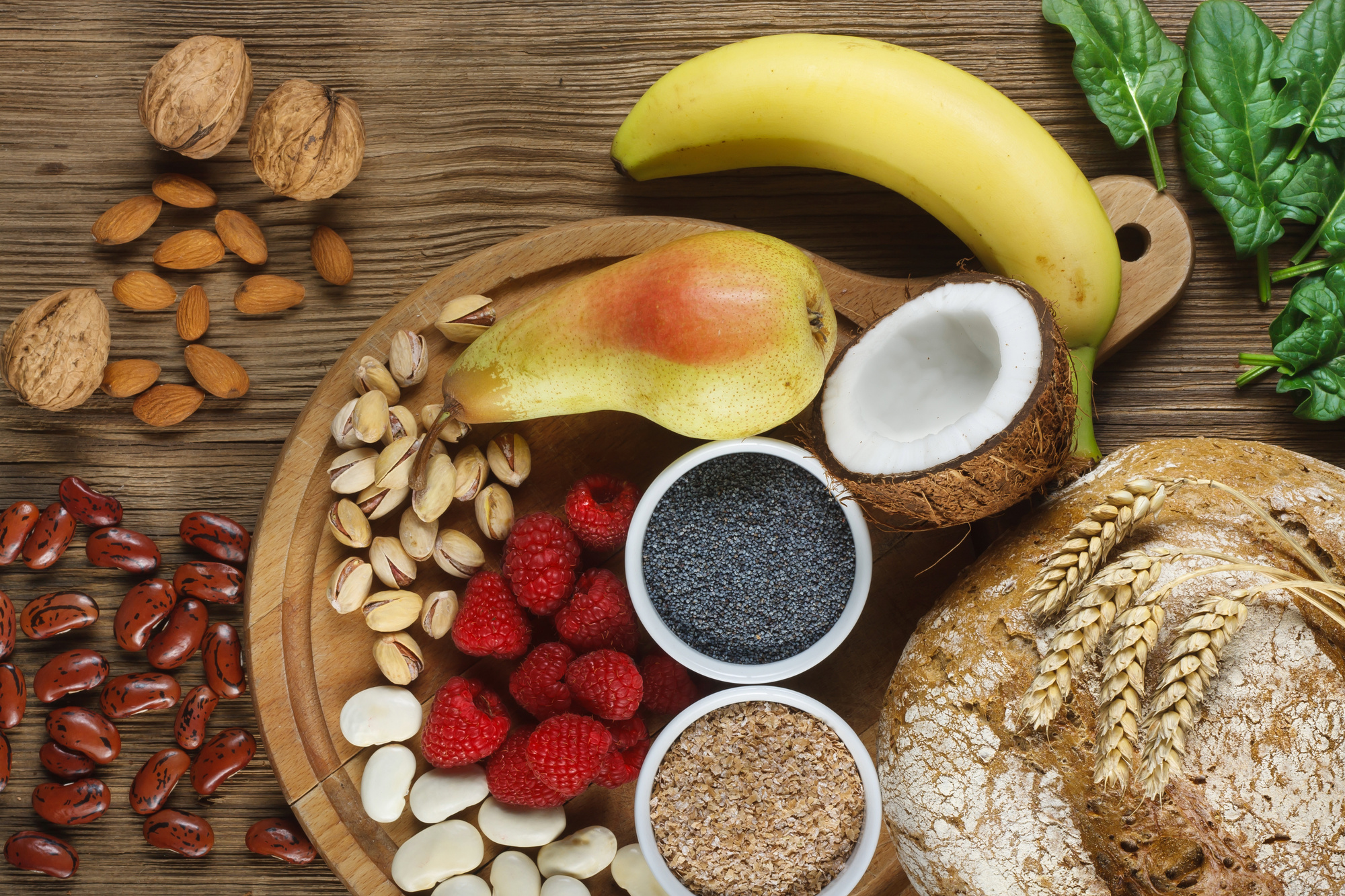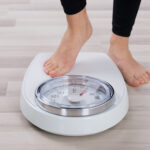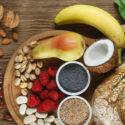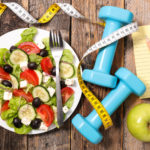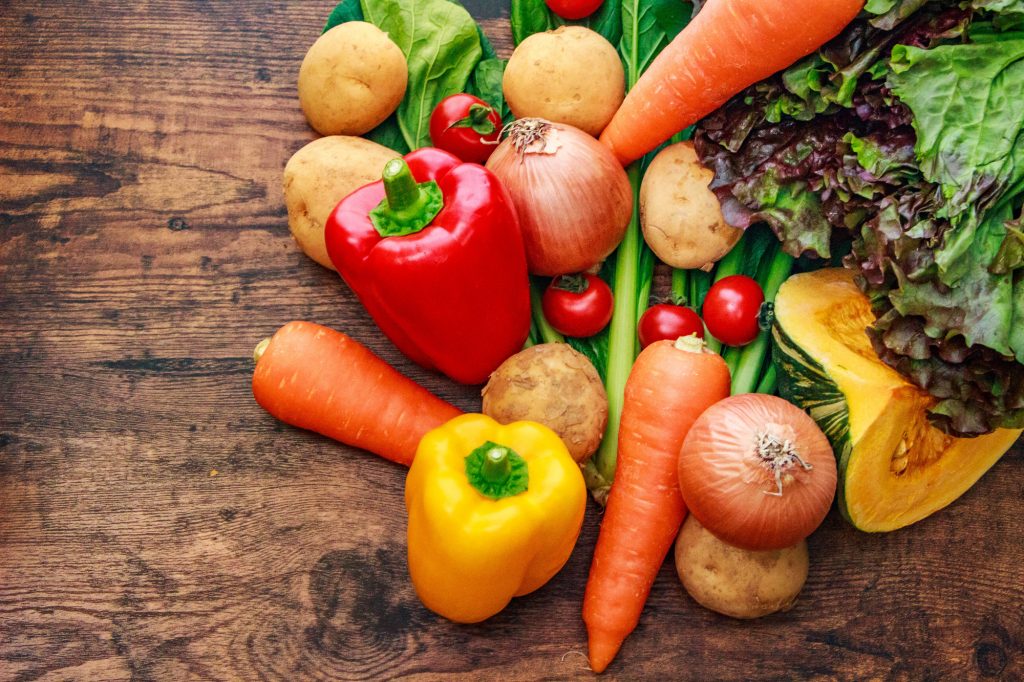
In theory, we all know that adding more fruits and vegetables to our diets is a great way to accelerate or maintain sustainable weight loss.
Fruits and vegetables, with their high water and fiber content, are filling and low calorie. Your goal should be to eat at least three servings of vegetables and two servings of fruit per day.
But, if you’re like a lot of people, hitting that goal of five servings a day might seem daunting (or, more specifically, unappetizing).
If you are looking for ways to eat more veggies and fruits to improve health and support weight loss, we’ve put together a helpful list (that doesn’t include steaming broccoli!).
1. Make Them Convenient
One of the best ways to increase your fruit and veggie consumption is to make them readily accessible and convenient.
Buy fruits and veggies that are easy to eat on the run, and make sure they are washed and ready. Depending on your preferences, this might include apples, carrots, bananas, oranges, celery, or berries.
As soon as you get them home, wash, slice, and prepare as needed. Store them in the front of the fridge or in a fruit basket on the table, where they will be one of the first things you see when you’re ready to grab a snack.
Keep healthy accouterments around, too — think hummus, yogurt-based dips, or nut butters.
2. Drink Your Servings
When dieting, the usual advice is to avoid drinking your calories. However, an occasional healthy smoothie is a fine exception to this rule.
Find an easy fruit and yogurt smoothie recipe that you like, and make sure you always have the ingredients on hand. Great smoothie additions could be strawberries and bananas, and even some mild veggies like spinach.
Have this smoothie for lunch or breakfast once or twice a week as an easy way to sneak more fresh produce into your intake.
3. Explore New Ways to Prepare Produce
There are so many different vegetables out there — and so many different ways to prepare each one! Don’t write off a vegetable without first trying it several ways.
Brussel sprouts and broccoli are amazing when roasted — just toss in a bit of olive oil, salt, and pepper and roast in the oven. Sprinkle with a dash of parmesan and voila! The perfect, healthy dinner side.
Carrots are great roasted with jalapeno, honey, and cumin. Cut cabbage into thick “steaks” and grill. Stuff green peppers with tomatoes, diced onions, ground turkey, rice, and cheese. Use cauliflower to make a healthy, low-carb pizza crust.
The options are endless, so experiment until you find go-to veggie recipes that you know you’ll actually look forward to eating.
4. Eat More Veggies & Fruit By Branching Out
Most people tend to limit themselves to what they know. In the produce section, it’s easy to get in a rut and grab the standards — lettuce, broccoli, carrots, bananas — you know the drill.
There is so much more out there! Tracking down and learning to prepare new fruits and vegetables can be fun, and you might find a new favorite.
Look for fun fruit like pomegranates, starfruit, dragonfruit, plantains, or jackfruit. Try a new vegetable like Romanesco broccoli, kohlrabi, Cassava, or jicama.
These funky fruits and veggies might be tough to find at a chain grocery, so explore farmer’s markets, co-ops, and ethnic groceries.
5. Make the Swap from Starchy Carbs
Find ways to substitute vegetables in the place the starchy carbs you might normally eat.
For example, cauliflower makes a great stand-in for both rice and mashed potatoes when prepared correctly. Use riced cauliflower to make low-carb, low-cal pizza crusts.
Prepare and serve spaghetti squash and zucchini as you would pasta. Use romaine or iceberg lettuce in place of tortillas when making wraps.
Learning these new ways to swap out high-carb, starchy items for vegetables is a great way to help control your weight.
6. Keep the Freezer Stocked
Frozen fruits and vegetables are as valid and healthy an option as fresh, so keep your freezer stocked.
Having frozen backups will ensure you always have produce on hand. Frozen broccoli, carrots, spinach, and cauliflower are all great options that can easily be incorporated into meals.
Keep frozen peaches, blueberries, and strawberries on hand, too — they make a great addition to smoothies and baked goods.
7. Sneak Them Into Every Dish
Much like you might do if you were trying to feed a picky child, try adding fruits and vegetables in unexpected places to easily increase your intake. Here are a couple of ways to trick yourself into getting a couple extra servings a day:
- Add spinach or grated cauliflower into eggs — they will hardly change the consistency or flavor!
- Include shredded zucchini in baked goods, like bran muffins
- Add pumpkin puree to pancakes or French toast
- Blend spinach or kale into fruit smoothies
- Add finely shredded squash to baked casseroles or homemade mac and cheese
- Puree spinach and mix into pizza dough before baking (you can bake it into brownies, too, if you’re brave!)
- Add diced carrots, onions, and peppers to chili
- Add pureed tomatoes, spinach, or squash to soups
Eating More Produce Will Help You Reach Your Weight Goals
Finding ways to eat more veggies and fruits is easy — but finding other healthy, sustainable ways to change your diet isn’t always as simple.
We’ve put together a blog that aims to help make the process less overwhelming, with resources that include dietary advice, tips, and tricks that will help you reach your goals. You’ll find healthy dessert ideas, easy lunch and breakfast recipes, and helpful tricks to nip cravings in the bud.
Check out the rest of the helpful content on our blog today!


